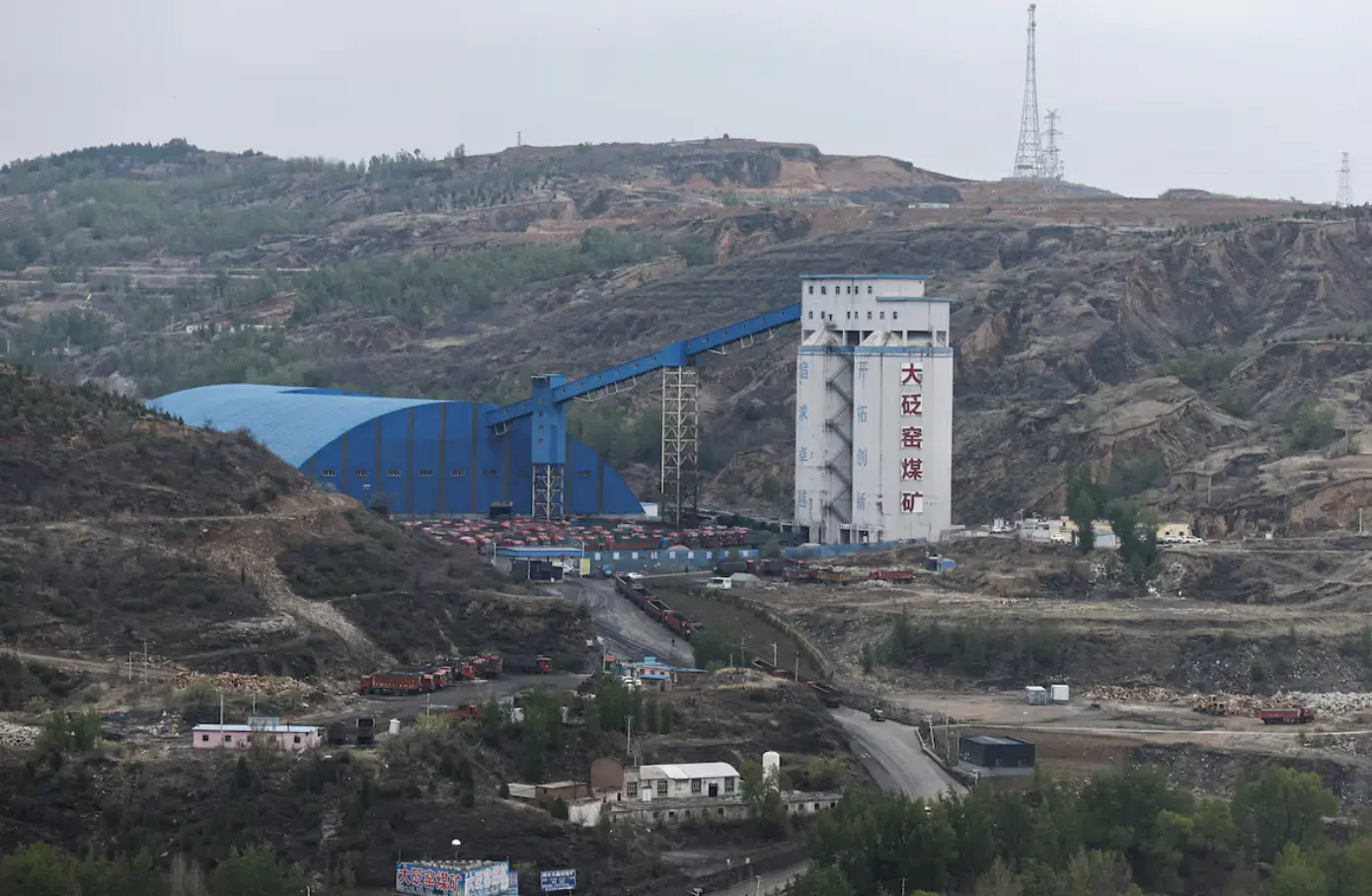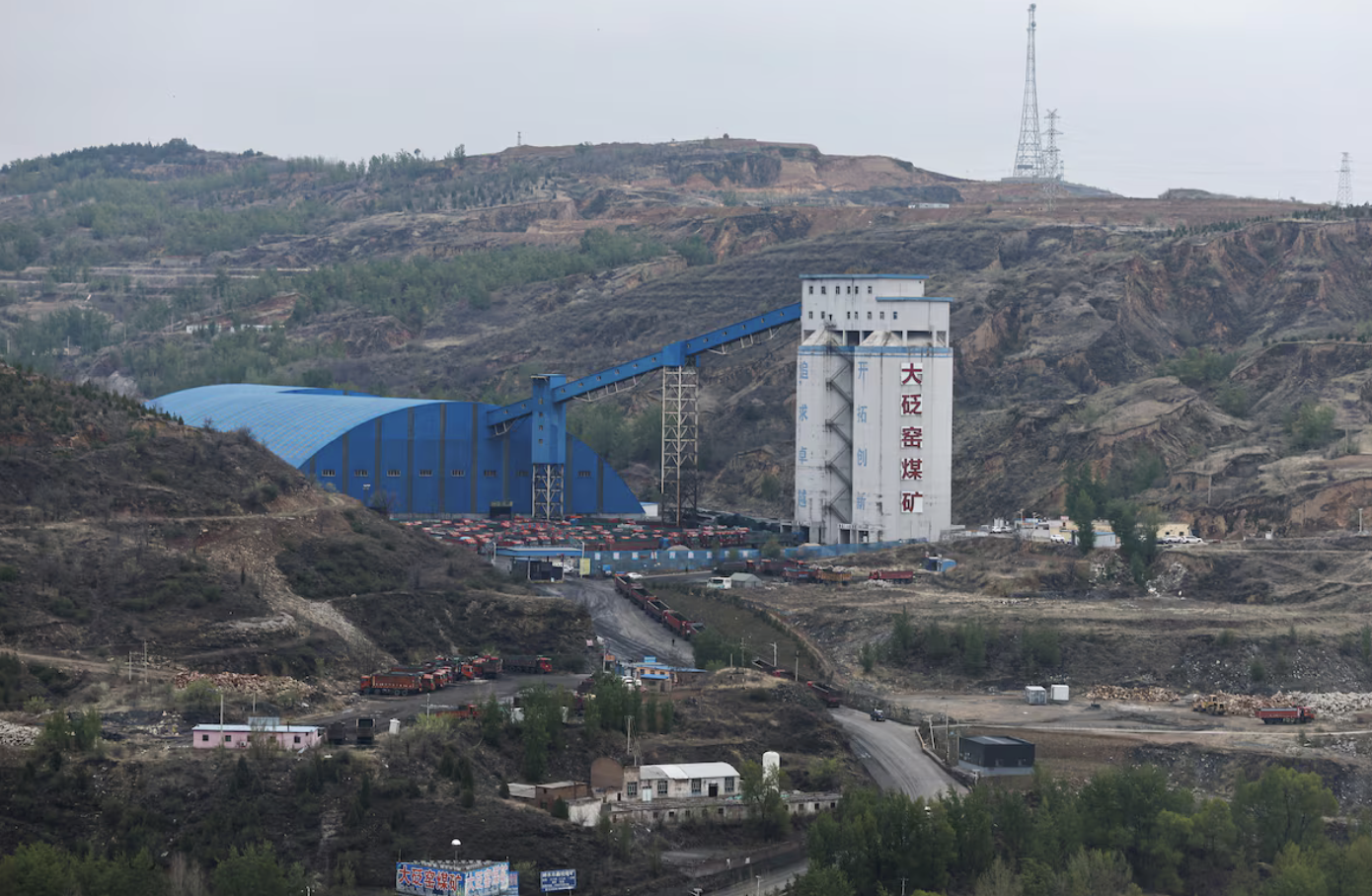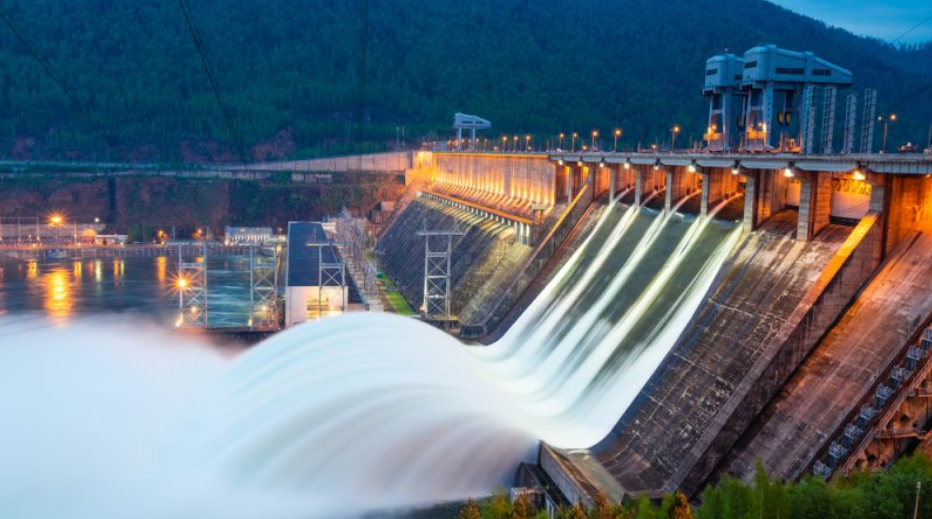· 5 min read
1. Infographic: What has your country pledged at COP26?
By Aljazeera
- Current pledges made at COP26 are unlikely to limit global warming to the 1.5C (2.7F) needed to avert disastrous weather events
- To keep the target within reach, global emissions would need to be reduced by 45% from 2010 levels by 2030
- This article is able to map the following pledges for each country: end deforestation by 2030 (Yes/No); Net zero target year; Quit coal in the short term (Yes/No); Plan to reduce methane emissions (Yes/No)
2. COP26: Experts React to the UN Climate Summit and Glasgow Pact
By The Conversation
- On deals and targets, the COP26 is far from perfect but a good starting point for action. On greenhouse gas emissions, there is progress but nowhere near enough. On fossil fuel finance, the final deal fell short on ending fossil fuel subsidies.
- About nature, the COP led to a non-binding declaration to halt forest loss. The focus on transportation was strong, with a big push for E-vehicles and the end of combustion engines. Cities and buildings were finally given a central place in climate action.
- Discussions on the energy transition worryingly relied on unproven technologies. On science and innovation, low-carbon steel, concrete and next-gen biofuels were pushed. Finally, progress on gender-sensitive climate policies is far too slow.
3. The Discreet Charm of Nuclear Power
By The Economist
- After peaking in 2006, the amount of nuclear energy consumed in 2019 was just 18% higher than it had been in 1992. As a share of global primary energy, it had fallen from 6.1% to 4.3%
- On November 4th an American company, NuScale, signed the deal to sell 6 Small Modular Reactors (SMRs) to Romania at the COP26 in Glasgow
- Even though it needs regulatory approaches, SMR design can in principle be produced in factories and shipped where they are required, keeping their cost down
4. EU Prepares to Include Nuclear and Gas in Green Investment List
By Energy Monitor
- It now appears that both gas and nuclear power will count as green investments in the EU, despite significant blocs of European countries opposing each until now
- “We need more renewables but we also need a stable source, nuclear, and during the transition, gas” said the European Commission President Ursula von der Leyen
- Other than sustainable finance, this decision likely to have two other significant impacts: guiding national and EU climate and energy policy, and shaping corporate investment strategies
5. How Much Is Spent Supporting Fossil Fuels and Green Energy?
By BBC
- Fossil fuel production/consumption subsidies are measures taken by governments that artificially lower the price of coal, oil, or natural gas
- An agreement published at the end of COP26 climate summit called on all countries to accelerate the phasing-out of "inefficient" subsidies for fossil fuels - but no firm dates have been set
- All countries in the G7 have already committed to phase out "inefficient" fossil fuel subsidies by 2025
6. How Steel Is Decarbonizing
By GreenBiz
- The United States and European Union are dropping their steel and aluminum tariffs, and instead will embrace "the world’s first carbon-based sectoral arrangement," to go into effect in 2024
- Then, at COP26, more than 40 world leaders announced the Glasgow Breakthroughs, a commitment to decarbonize five high-carbon sectors: steel; transport; agriculture; hydrogen; and electricity
- A massive new 300-megawatt solar facility officially launched in Colorado last month, which will generate electricity to power more than 90 percent of the EVRAZ Rocky Mountain steel mill
7. High Natural Gas Prices Make This The Time To Build Back Better - With Clean Electricity
By Forbes
- In the USA, homes heated with natural gas, fuel oil, and propane will see average price increases of 30%, 43%, and 54%, respectively
- Those who heat their homes with electricity, on the other hand, should expect a modest 6% increase
- Adopting smart climate policies and accelerating the clean energy (in particular with renewables) transition are precisely the solutions to counter this vicious cycle by ending our dependance on volatile fossil fuels
8. Greener Airplane Fuel Is Here, and We’re Going to Need Lots More
By Bloomberg News
- To meet that ambitious goal, airline companies touted the potential of sustainable aviation fuel, or SAF, a product that is chemically identical to kerosene but more environmentally friendly
- Until technologies such as batteries or clean-burning hydrogen are commercially viable for powering large aircraft, which could take decades, SAF is the industry’s best option for getting greener
- Today, SAF makes up only about 0.1% of the global aviation fuel supply. It is expensive and there are important production constraints
9. How Removing Cobalt From Batteries Can Make EVs Cheaper
By CNBC
- Even though battery prices have fallen 89% between 2010 and 2020, 30% of the total cost of an electric vehicle comes from the battery
- Cobalt has been a popular choice for batteries because the metal increases battery life and energy density, which in the case of EVs means range, but it is very expensive
- There is already a viable cobalt free battery and that is lithium iron phosphate (LFP) which replaces the cobalt in its cathode with the cheaper, stable and widely available iron
10. Inside COP26: Kickstarting a Decade of Delivery
By Boston Consulting Group
- Progress were made in key areas, but it is essential to keep the momentum, especially in revisiting national ambitions, developing just and effective policies and private-sector abatement plans and formulating effective adaptation plans
- Key take-aways for businesses are threefold, revolving around bold and quick actions: 1) engage quickly and set directions 2) collaborate with your ecosystems 3) wire the whole organisation and bring your employees onboard
- There are four main areas with direct business impact to look for when planning ahead: 1) consistent climate reporting requirement 2) climate policy commitments 3) the voice of civil society 4) an increasing focus on adaptation






